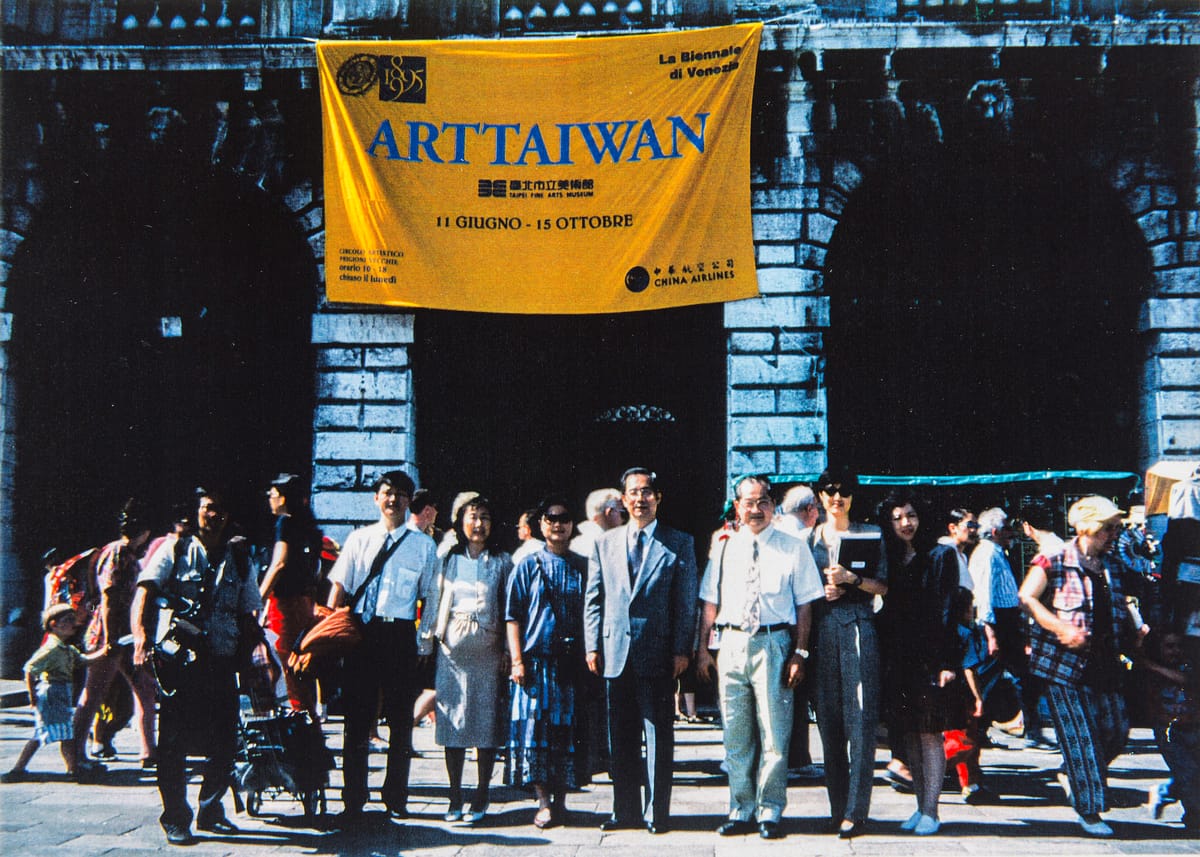Taiwan Reflects on Over a Decade of Venice Biennales in Impossible Dreams
Spanning 13 editions since 1995, this year’s exhibition explores past themes and curatorial concepts, behind-the-scenes documentation, publicity initiatives, and more.

Impossible Dreams, Taiwan’s exhibition at the 59th Venice Biennale, will look back on how the country has presented its cultural contexts and perspectives through diverse contemporary art that confronts history, society, and pressing issues in our everyday lives. This year’s iteration consists of two parts: the “archival display,” curated by the Taipei Fine Arts Museum (TFAM), which revisits works from Taiwan’s exhibitions from 1995 to 2019; and the “international forums,” presided over by Filipino curator Patrick Flores, as chief convener.
Though the two words that make up the exhibition’s title may seem to imply unattainability, the show hopes to cast aside this preconception. Here, “Impossible” means “not yet possible,” a description of a condition and a hope for better things, people, and worlds to come. “Dreams” are vessels, stations, and visions that complicate time and dimension; they can create chances of passage from reality to fantasy, and ultimately set imaginations free. Dreams can also flesh out fears, revisit pain and anxieties, and retell stories of turbulent origins. By taking a retrospective look at Taiwan’s collateral presentation in the Biennale Arte, Impossible Dreams aims to acknowledge troubling contemporary issues while simultaneously working towards new possibilities.
Through an archival display in Venice and international forums online, the exhibition intends to evoke memory and trigger conversations. In this way, Impossible Dreams creates an exchange between discourse and perception to generate more dialogue through its content, becoming assemblies that address memory (archive) and presence (event).
The archival display explores Taiwan’s history at the Biennale, including previous themes and curatorial concepts, exhibition photos, visuals, and publicity designs as well as documentation and records from behind the scenes. Several works from past editions will make their reappearance, including Yao Jui-Chung’s Territory Takeover (1994), Tsui Kuang-Yu’s Shortcut to the Systematic Life (2002–2005), Tang Huang-Chen’s “I Go Travelling V – A Postcard with Scenery” (2014), Tsai Ming-Liang’s It’s a Dream (2007), Chen Chieh-Jen’s Empire’s Borders I (2008–2009), Chang Chien-Chi’s China Town series, and Tehching Hsieh’s “Jump Piece” (1973/2017).
Patrick Flores, chief convener, is hosting the international forums alongside independent curator Manray Hsu and Wu Mali, professor at the Graduate Institute of Transdisciplinary Art, National Kaohsiung Normal University. Artists and scholars located internationally and locally are also participating. These forums hope to encourage open-ended discussion and the co-existence of different ideas under four themes: “What Makes a Pavilion? What does a Pavilion Make?,” “Time, Body, Technology,” “Ecologies of History,” and “Freedom of Others/Other Freedoms.”
Taiwan has continued to communicate with the international art world through exhibitions of various types for nearly 30 years. This exhibition re-examines the dynamic relationship between our collateral presence and the Biennale Arte, and takes a step further to actively explore new paths for the future.
Jun-Jieh Wang, TFAM director
For more information on this year’s exhibition, visit taiwaninvenice.org.





